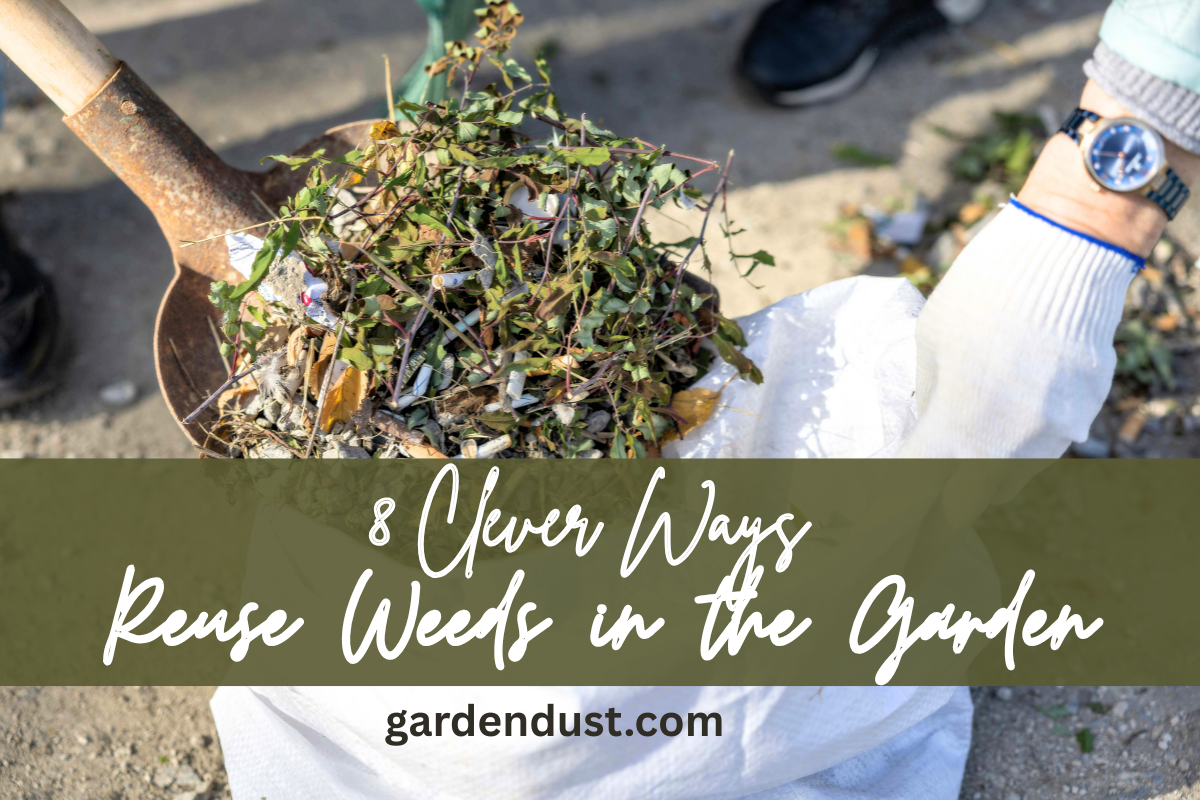English ivy (Hedera helix) is a beautiful, resilient, and fast-growing plant commonly used as ground cover or a climbing vine for walls and trellises. However, like any plant, it can suffer from diseases, pests, and unfavorable environmental conditions that can cause it to decline or die. If your English ivy is struggling, don’t despair! With the right care and attention, you can often revive it and restore its lush, green beauty. This article provides a comprehensive guide to How to Save English Ivy from Dying along with diagnosing the problem, implementing solutions, and preventing future issues to ensure your ivy thrives.
Identifying the Problem
The first step in saving your English ivy is to identify what’s causing it to decline. Some common problems include:
1. Overwatering and Root Rot
Symptoms:
- Yellowing leaves
- Wilting despite moist soil
- Mushy, blackened roots
Overwatering is one of the most common reasons English ivy suffers. This plant prefers slightly moist but well-draining soil. Consistently soggy soil leads to root rot, which can be fatal.
Solution:
Allow the soil to dry out between watering.
If root rot is suspected, remove the plant from its pot or ground, trim away affected roots, and repot in fresh, well-draining soil.
Improve drainage by adding perlite or sand to the soil mix.
2. Underwatering
Symptoms:
- Dry, crispy leaves
- Drooping stems
- Brown leaf edges
Ivy can tolerate some dryness, but prolonged drought conditions can cause it to decline.
Solution:
Water deeply once the top inch of soil feels dry.
Increase humidity by misting the leaves or placing a water tray nearby.
3. Poor Light Conditions
Symptoms:
- Leggy growth (long spaces between leaves)
- Pale or faded leaves
- Slow growth
English ivy prefers bright, indirect light. Too much direct sun can scorch the leaves, while too little light results in weak, leggy growth.
Solution:
If indoors, place the ivy near a bright window but away from direct sunlight.
Outdoors, plant in partial shade rather than full sun.
READ ALSO:-How to Revive a dying Lucky Bamboo plant
4. Pests (Spider Mites, Aphids, and Mealybugs)
Symptoms:
- Sticky leaves (from aphid honeydew)
- Tiny webs on leaves (spider mites)
- Cotton-like clumps on stems (mealybugs)
Solution:
Spray the plant with a strong stream of water to dislodge pests.
Apply insecticidal soap or neem oil.
Introduce beneficial insects like ladybugs to control aphids naturally.
5. Fungal and Bacterial Diseases
Symptoms:
- Black or brown spots on leaves
- Fuzzy white mold
- Sudden wilting
Solution:
Remove infected leaves promptly.
Avoid overhead watering, as excess moisture encourages fungal growth.
Apply a fungicide if necessary.
6. Poor Soil Quality
Symptoms:
- Slow or stunted growth
- Yellowing leaves despite adequate watering
Solution:
Amend soil with organic compost or well-rotted manure to improve nutrients.
Use a balanced, diluted fertilizer during the growing season.
Reviving a Dying English Ivy
1. Pruning Damaged Areas
- Trim off any dead or yellowing leaves with sterilized scissors.
- Cut back leggy or weak growth to encourage bushier growth.
- Remove severely affected stems to direct energy toward healthier parts.
2. Repotting for Fresh Growth
- If your ivy is struggling in a pot, repotting can provide a fresh start.
- Choose a pot with drainage holes.
- Use well-draining potting soil, ideally a mix of peat, perlite, and compost.
- Water lightly after repotting to reduce transplant shock.
3. Adjusting Watering Habits
- Water when the top inch of soil is dry.
- Ensure proper drainage to avoid waterlogging.
- Mist leaves in dry environments, especially indoors.
4. Controlling Pests and Diseases
- Wipe leaves with a damp cloth to remove dust and pests.
- Apply neem oil or insecticidal soap every two weeks if pests persist.
- Keep air circulation around the plant to prevent fungal issues.
Preventing Future Problems
Once your English ivy is recovering, follow these best practices to keep it healthy long-term.
1. Provide Optimal Lighting
- Indoors: Place near a window with indirect sunlight.
- Outdoors: Plant in partial shade to protect from intense sunlight.
2. Maintain Proper Watering Routine
- Water regularly but avoid keeping the soil soggy.
- Reduce watering in winter when growth slows.
3. Regular Pruning and Maintenance
- Trim ivy every few months to maintain shape and prevent legginess.
- Remove dead leaves promptly to reduce disease risks.
4. Fertilize Occasionally
- Feed every 4-6 weeks during spring and summer with a balanced fertilizer.
- Avoid excessive fertilization, which can cause weak, leggy growth.
5. Ensure Good Air Circulation
- Keep ivy in a well-ventilated area to prevent mold and pests.
- Avoid crowding multiple plants together.
6. Monitor for Early Signs of Trouble
- Check the leaves regularly for changes in color, texture, or growth.
- Take immediate action if pests, diseases, or growth issues arise.
English ivy is a hardy and adaptable plant, but it requires proper care to stay healthy. By diagnosing the underlying issues, taking corrective measures, and following long-term maintenance practices, you can successfully revive a struggling ivy plant and ensure it thrives. Whether used as a houseplant, ground cover, or climbing vine, a well-maintained English ivy will reward you with lush, green beauty for years to come. Happy Gardening…..






